First Issue | The Crazy Shepherd
The original Crazy Shepherd editors: Karen Gerrity, Petr Kotz, Jim McCarter, Bill Lueders and myself (seated).
“Holy the lone juggernaut! Holy the vast lamb of the middle class! Holy the crazy shepherds of rebellion…” Allen Ginsberg, “Footnote to Howl” (1955)
In May of 1982 the first issue of The Crazy Shepherd came out, although it was misspelled “Shepard” throughout the paper. These were the days before spellcheck and other computer technologies were part of the American fabric. These were the days when you still sometimes had to invent your own outlet for expression. These were the days before Nancy Reagan admonished us all to “Just Say No!”
That first issue was 8 pages of newsprint filled with articles written by students at UW-Milwaukee. There were probably 10,000 or fewer issues printed, mostly distributed on campus but also to the advertisers who were primarily the bars and greasy spoon diners frequented by those of us at the Shepherd’s beginning. Within a few months the number of advertisers increased and the print run was up around 30,000 issues. Within a few years there would be old US Postal Service mail trucks filling newspaper boxes all around town. But throughout those early years, the paper maintained its rough edginess in appearance and content. The rough appearance came from the fact that the Shepherd was published using IBM Selectric typewriters, which had a removable font element that looked like a golf ball with letters pressed into it. You could change the element to get different fonts. If you made a typo you fixed it by brushing Wite-Out (sic) over the mistake, waiting for it to dry and then typing over the mess. Very time-consuming.
Even more time-consuming was the original “cut and paste” method where article columns, ad copy and other content was literally cut from its original manuscript and reduced to 72% at a professional print shop (it made the copy the right size to fit newsprint columns and cleaned up the appearance). This “cutting” was done with a scalpel pen (aka hobby knife) that could be purchased at art stores along with the “paste” which was usually a glue stick or spray. The motherboards (the final product taken to the printing presses) were slick sheets of paper board big enough to hold one page’s worth of content with wide enough margins for handling without touching any copy. These “boards” were carefully placed on large easel shelves above workstations so they could be brought down for additions and changes and then safely displayed out of the way of the clutter of Old School print production: loose sheets of paper, scalpels, scissors, pens, cans of PBR, ashtrays and all the other flotsam and jetsam of the early ’80s.
Click here to see how things started.

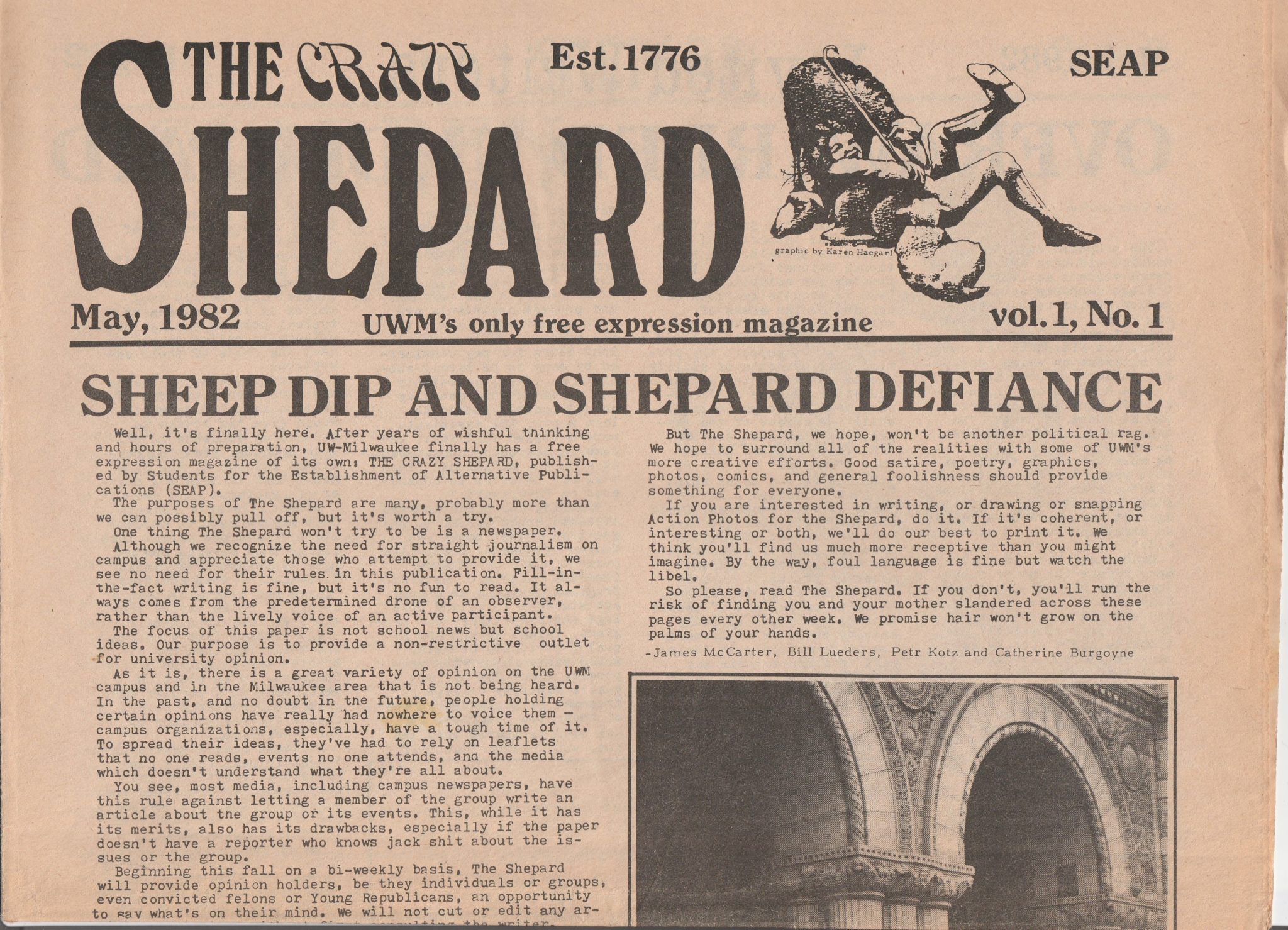

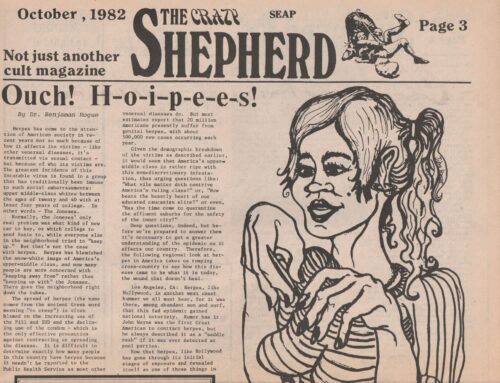

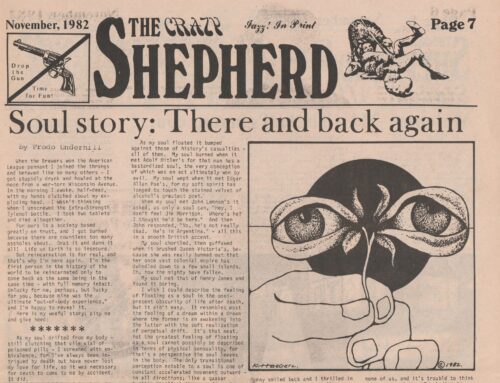
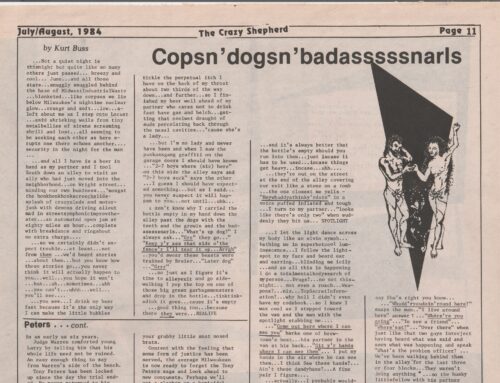
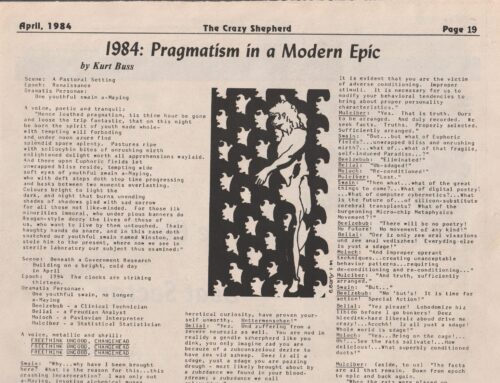

Leave A Comment